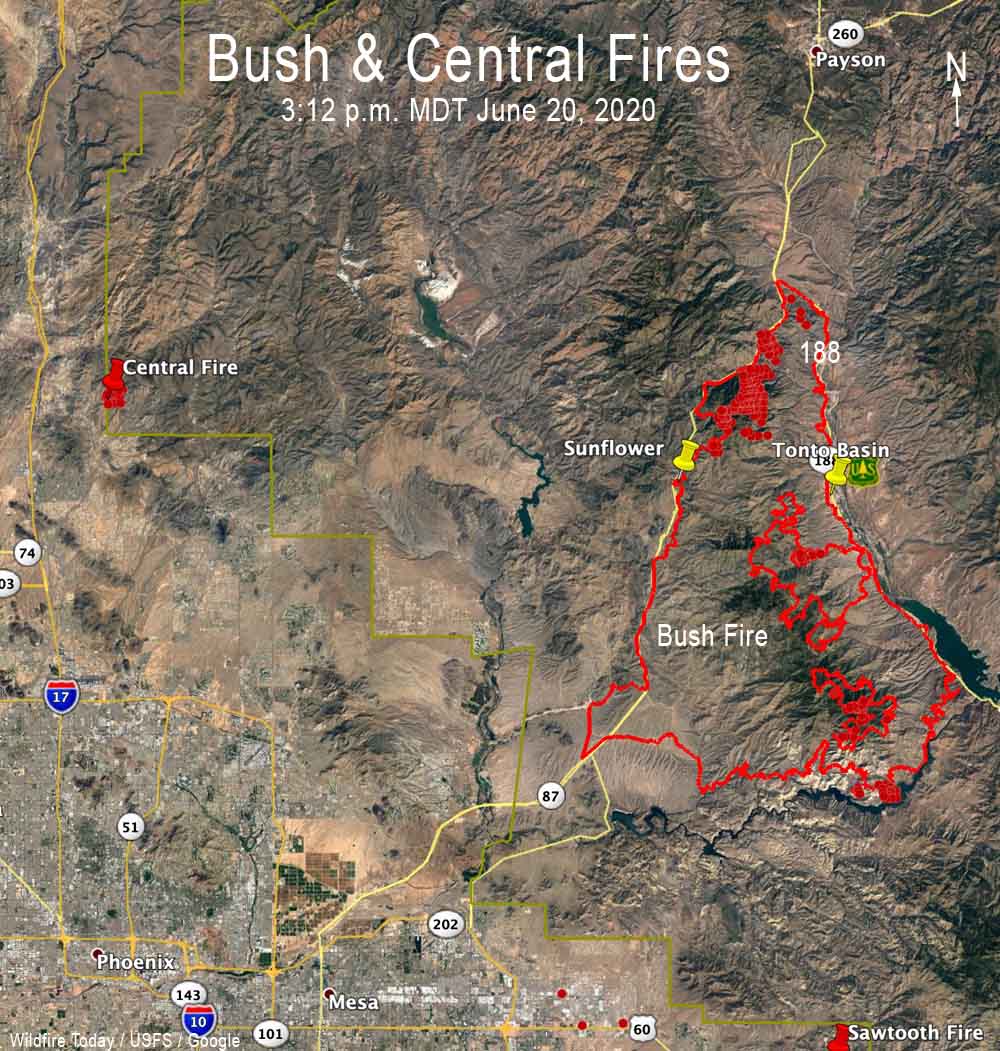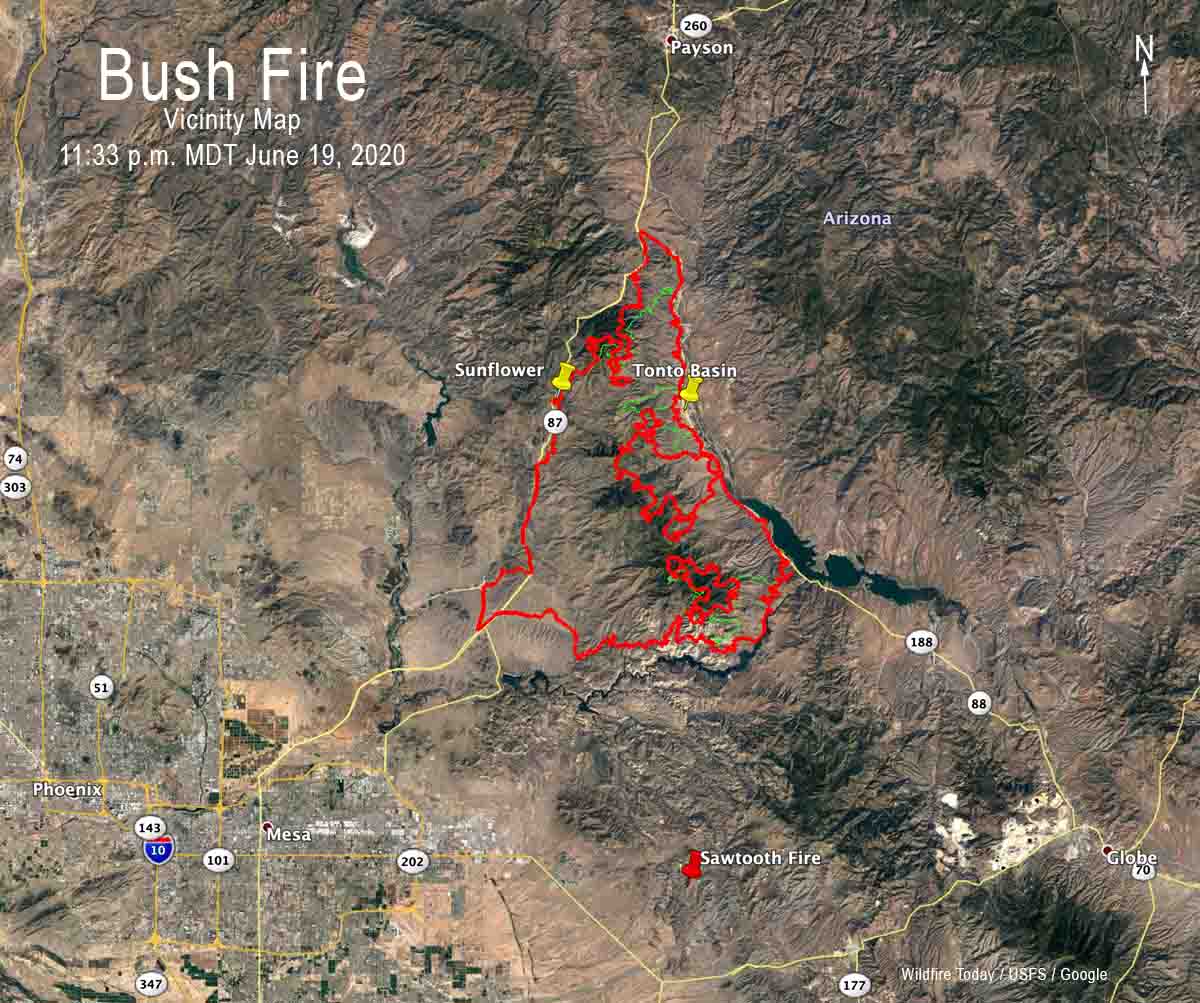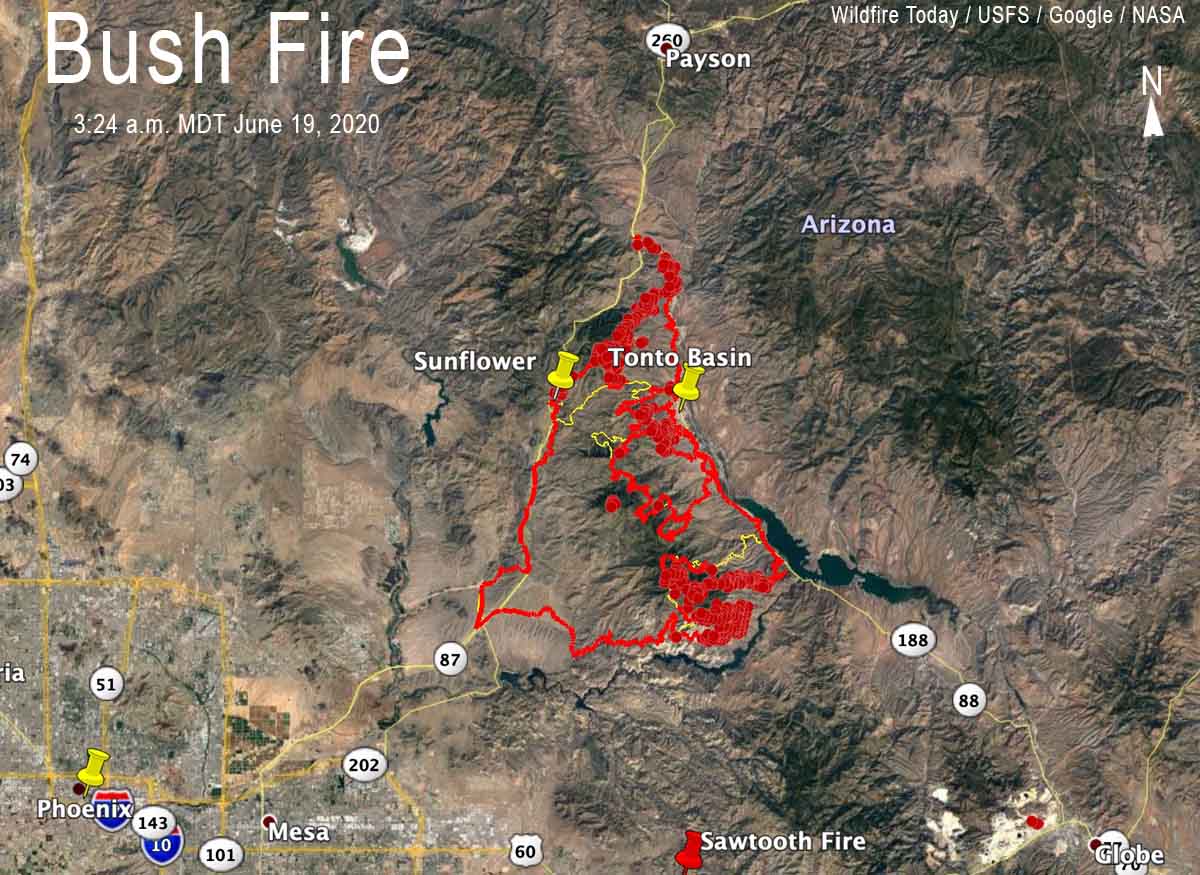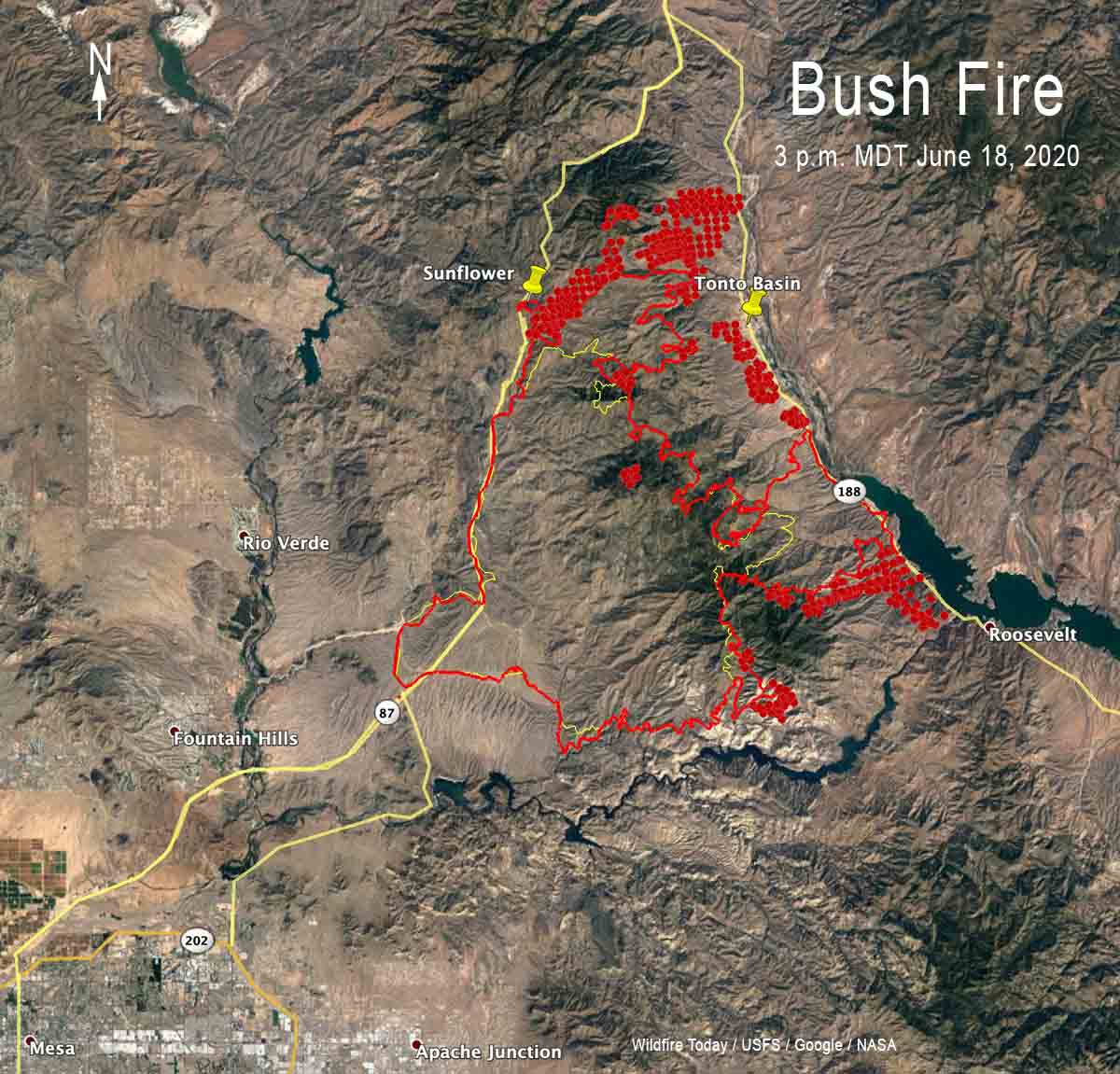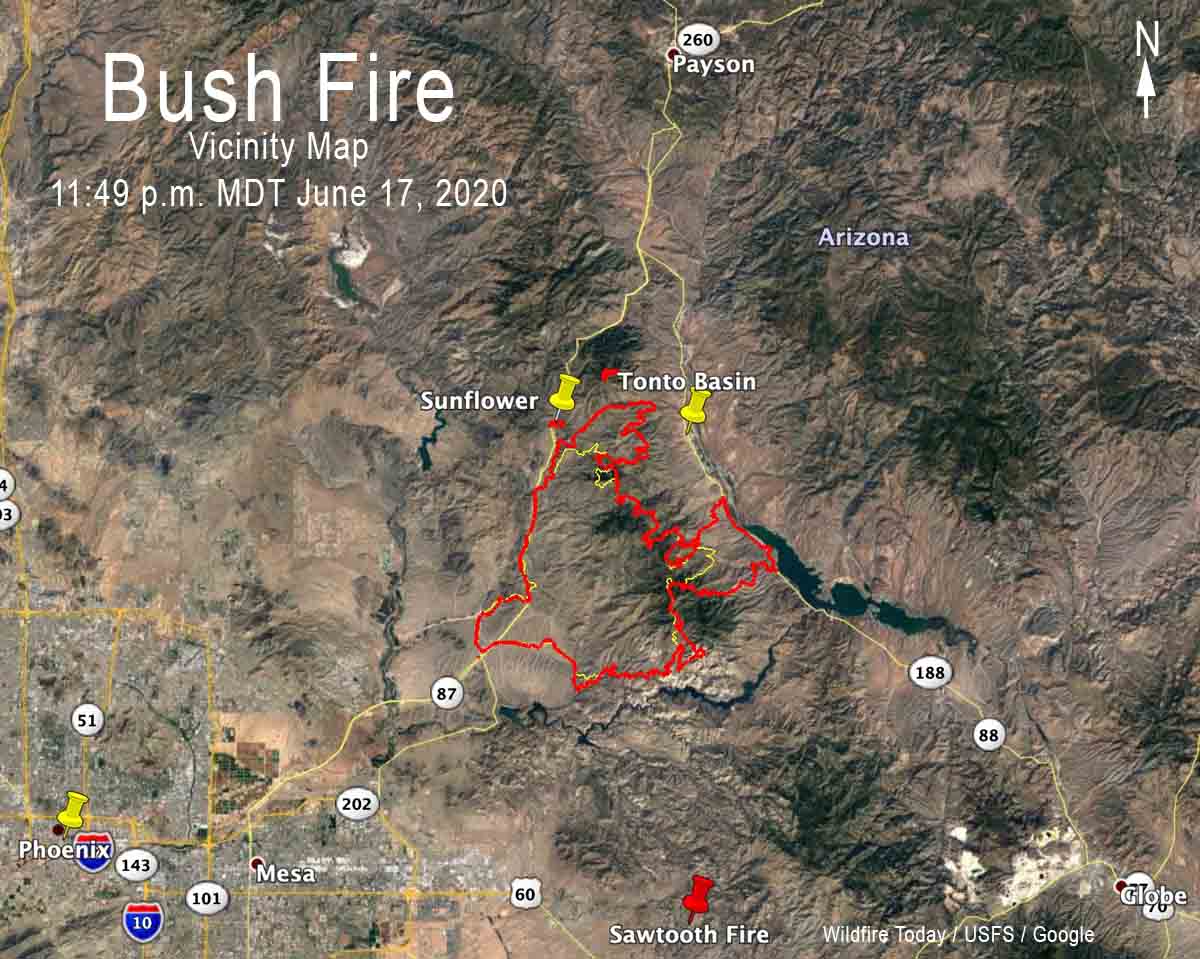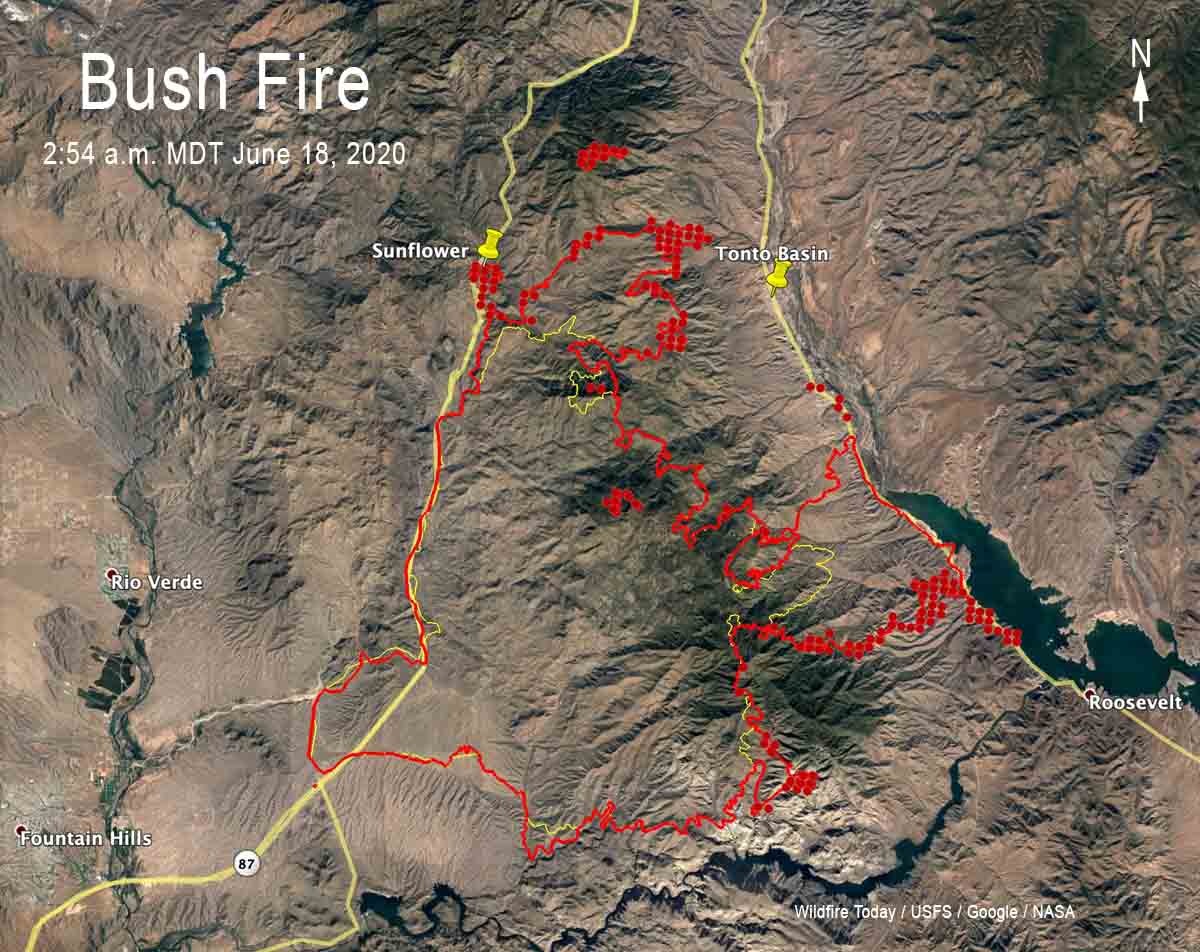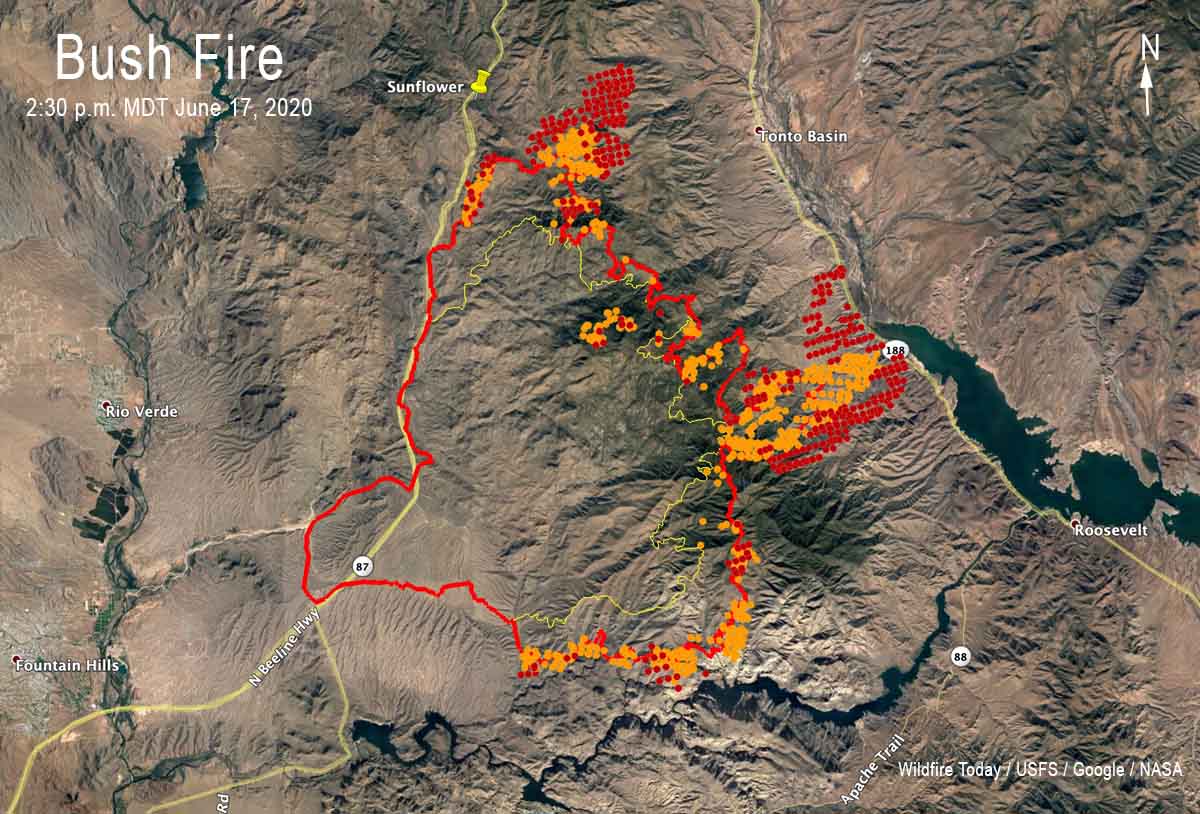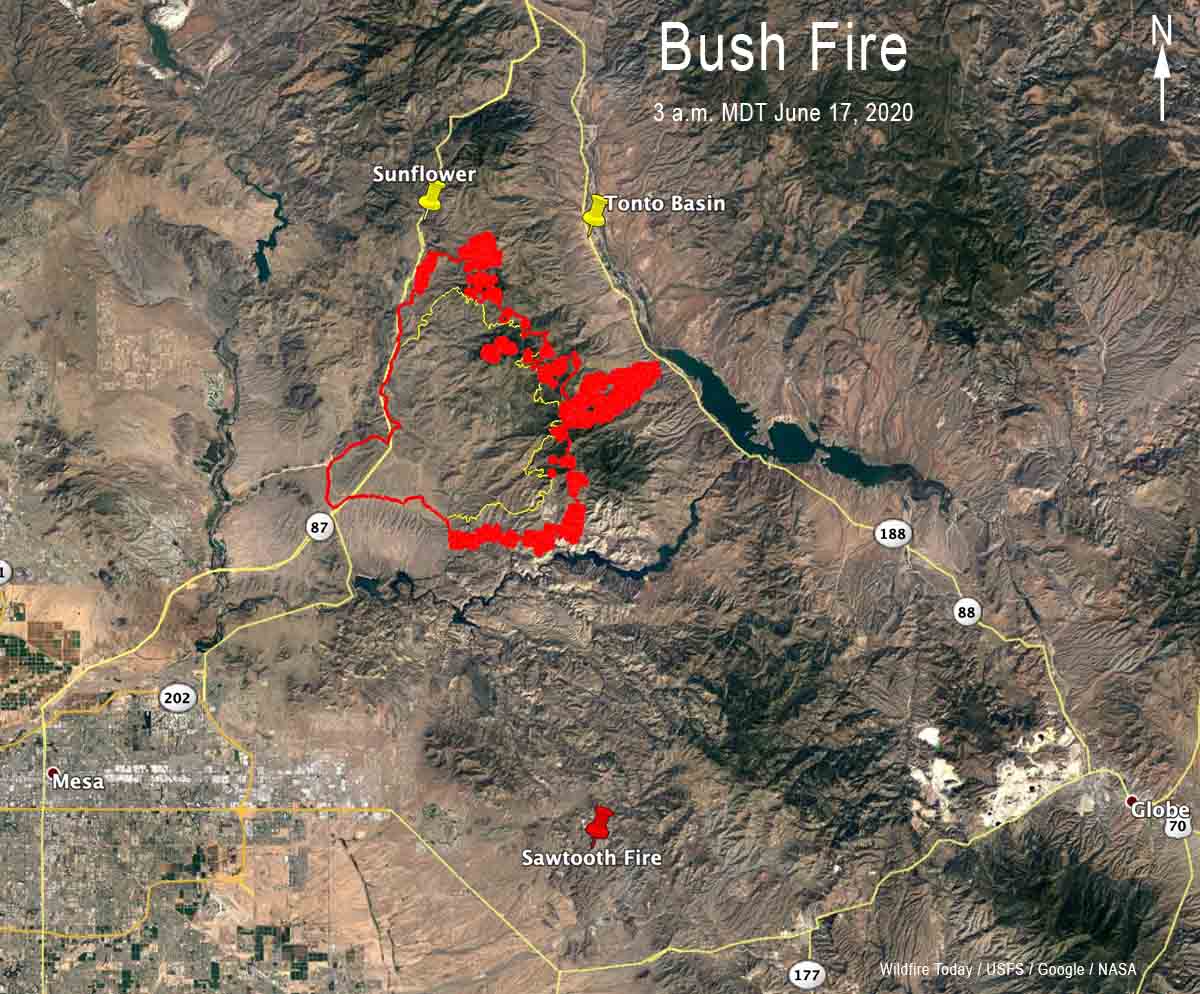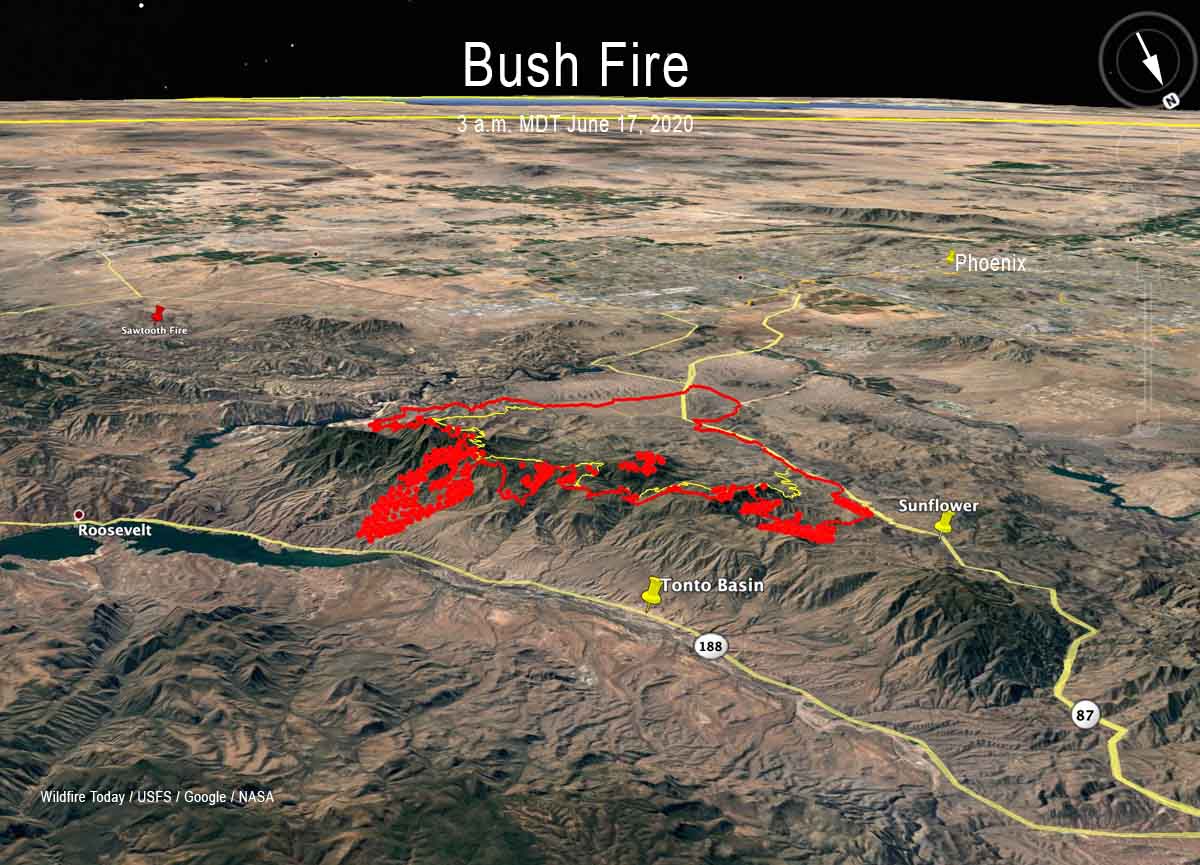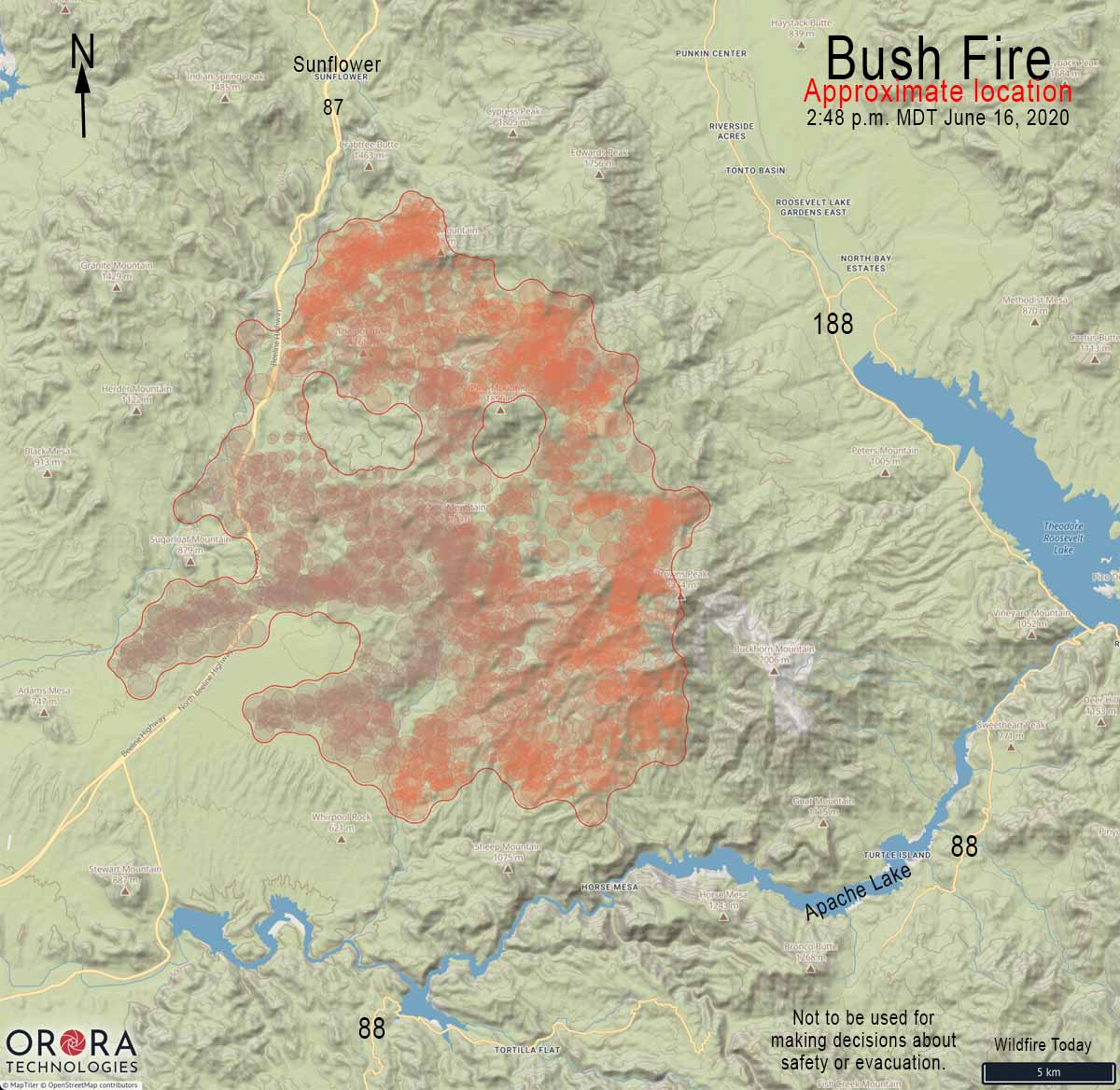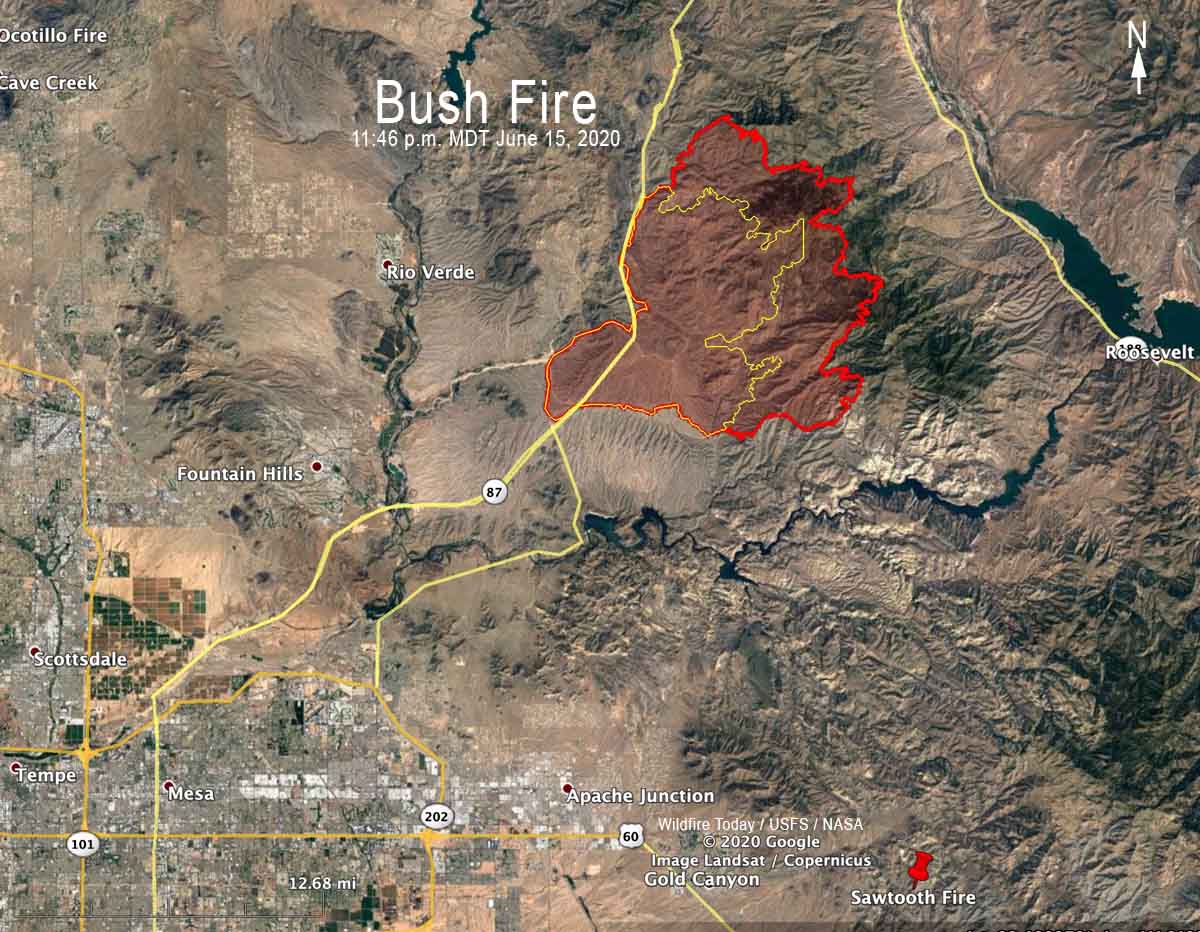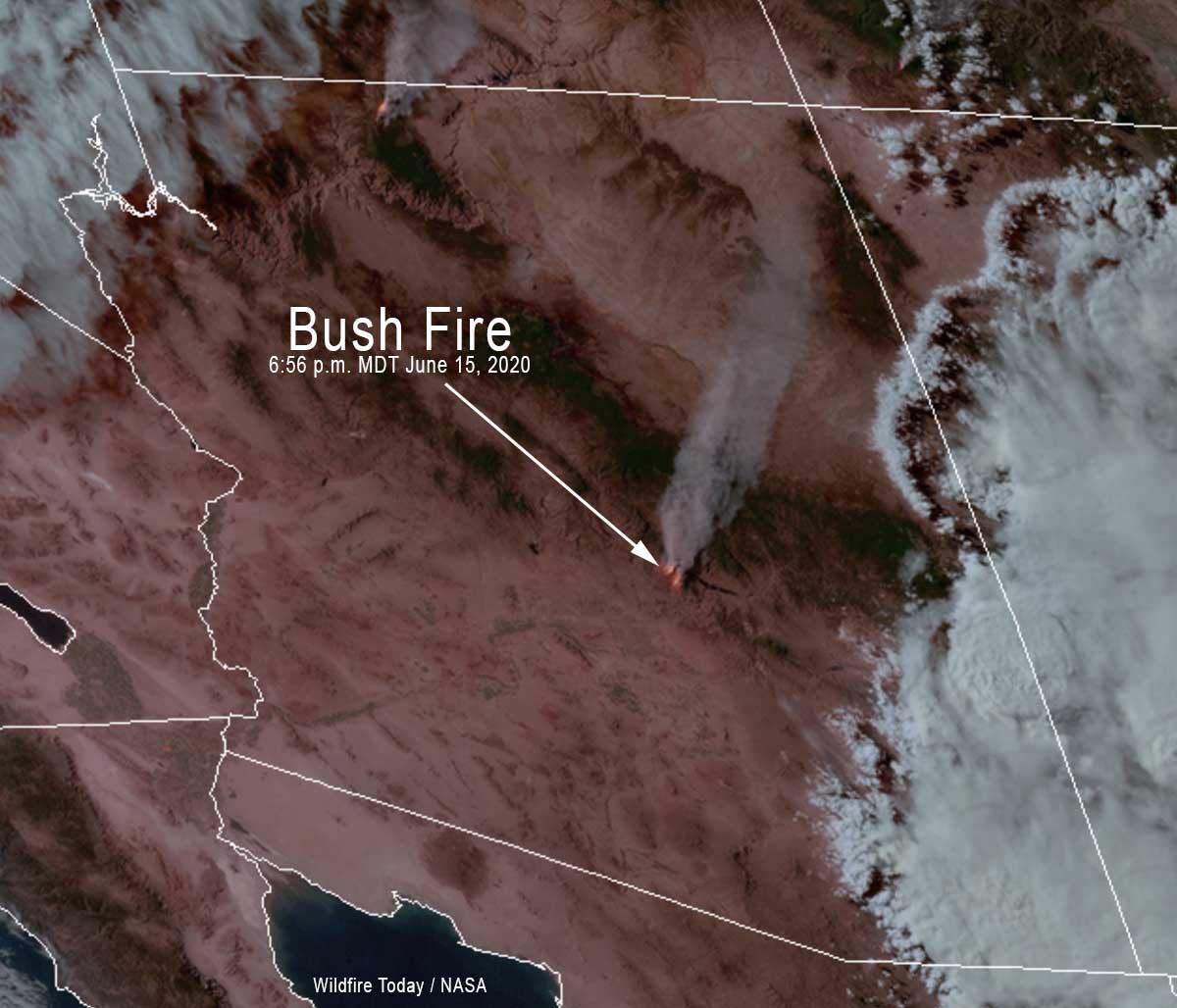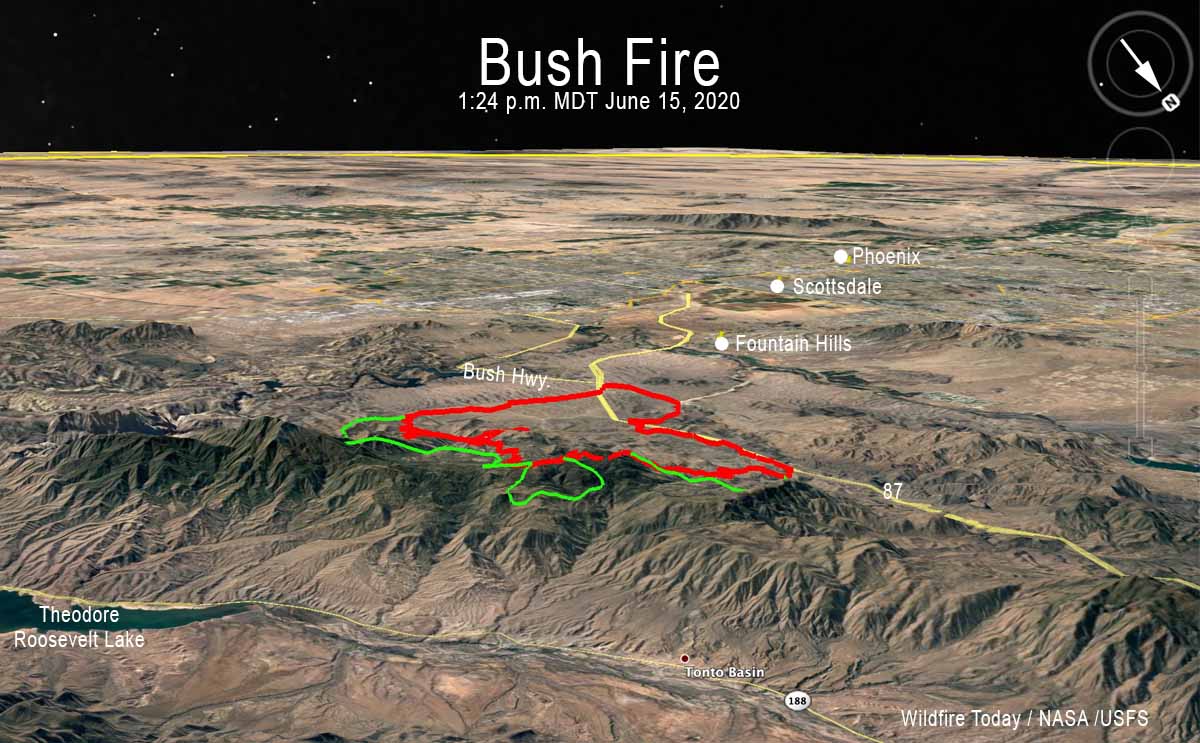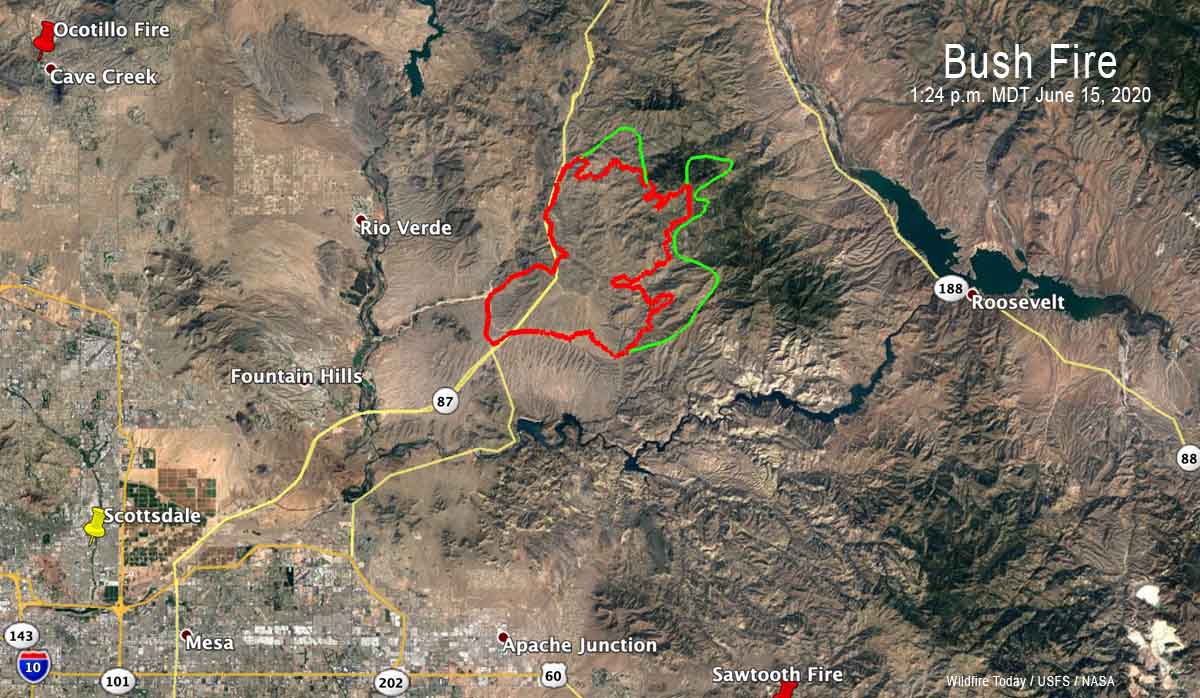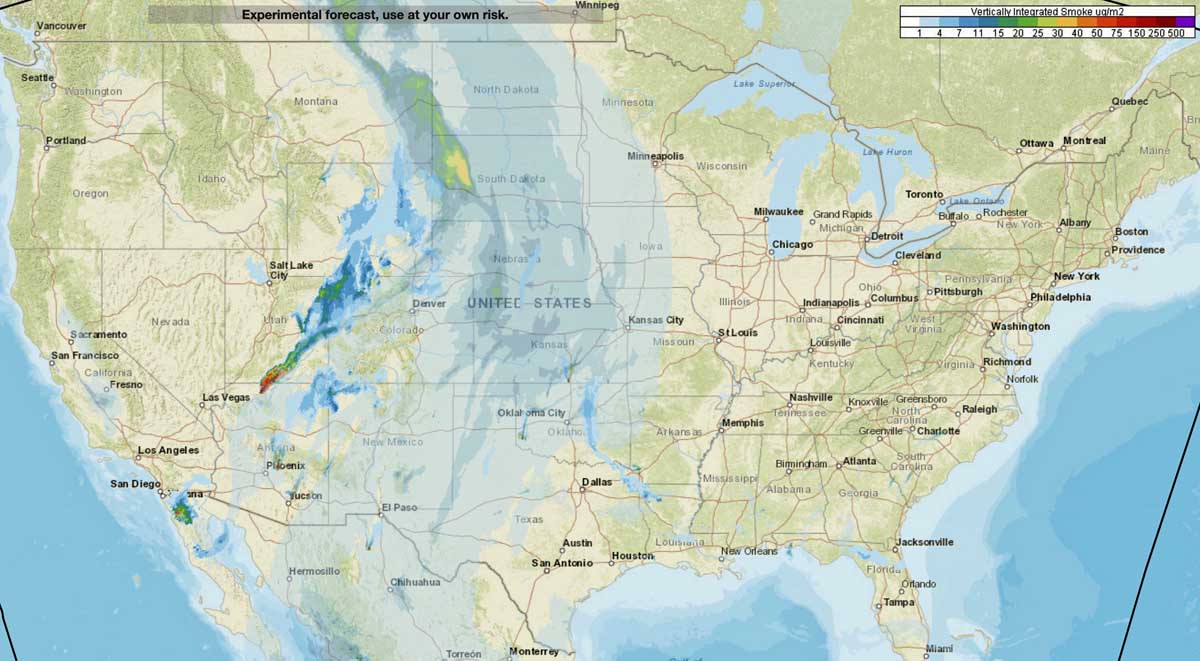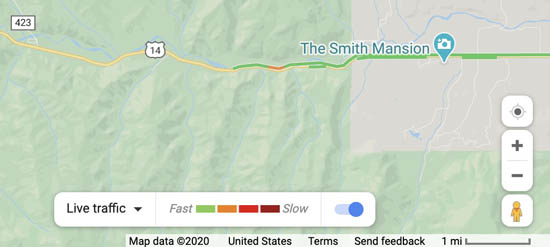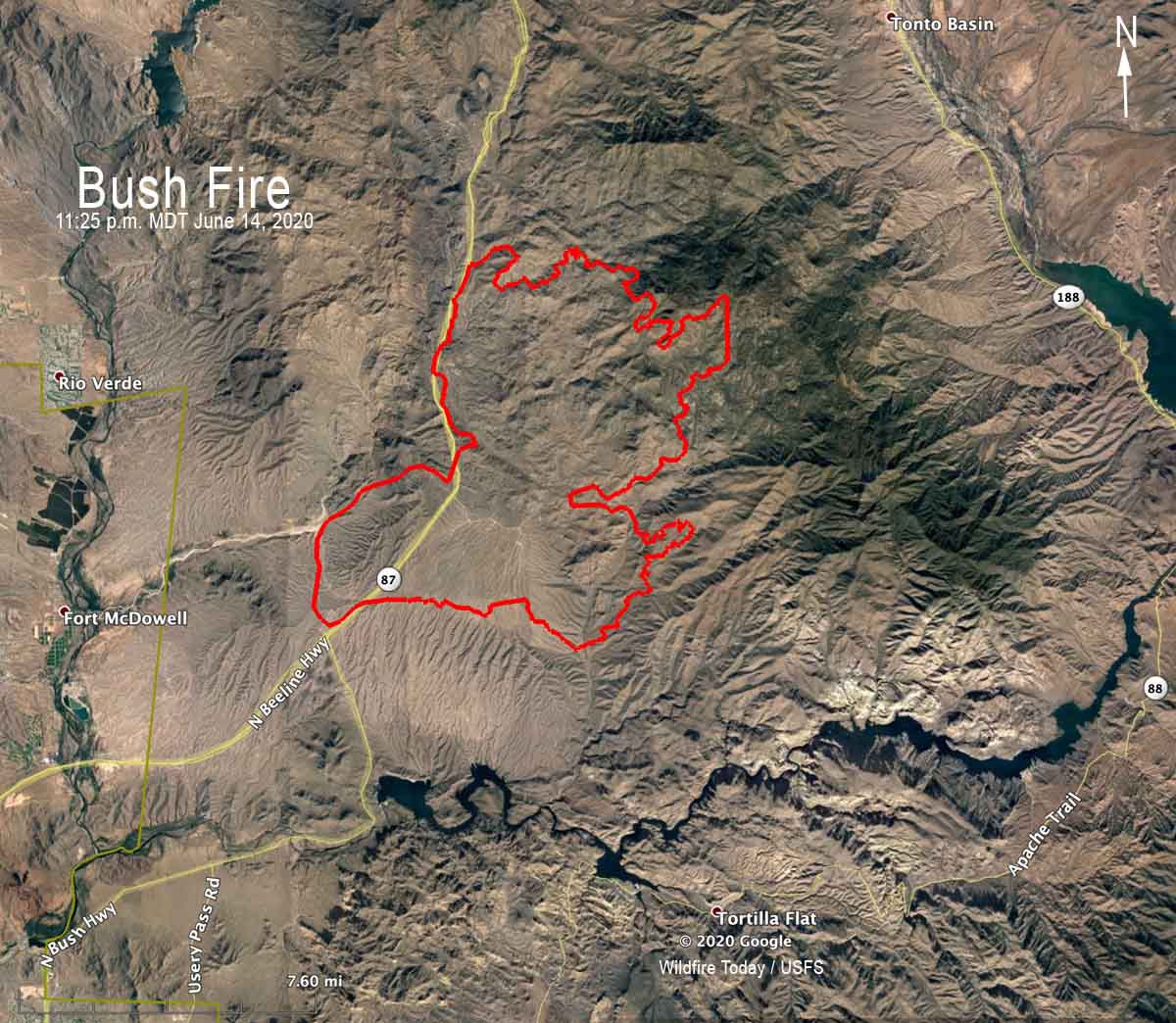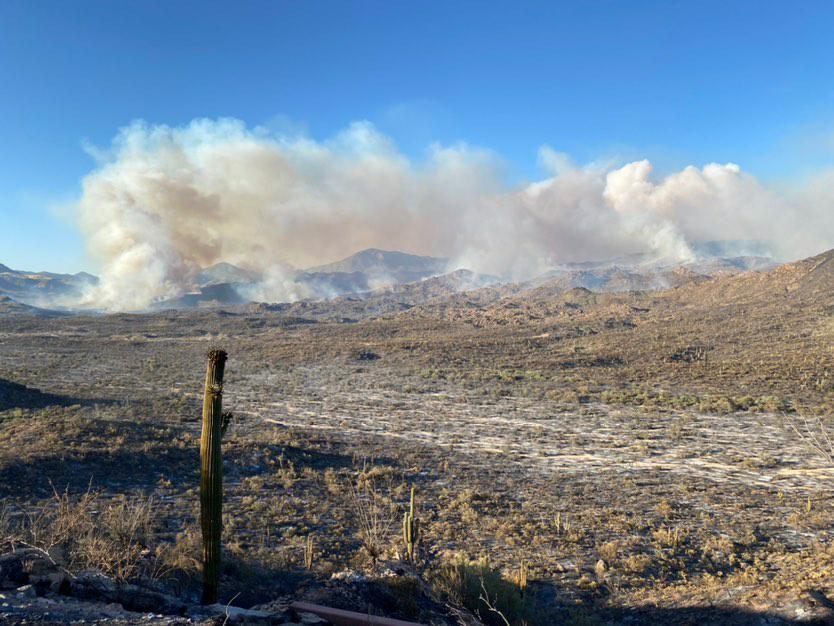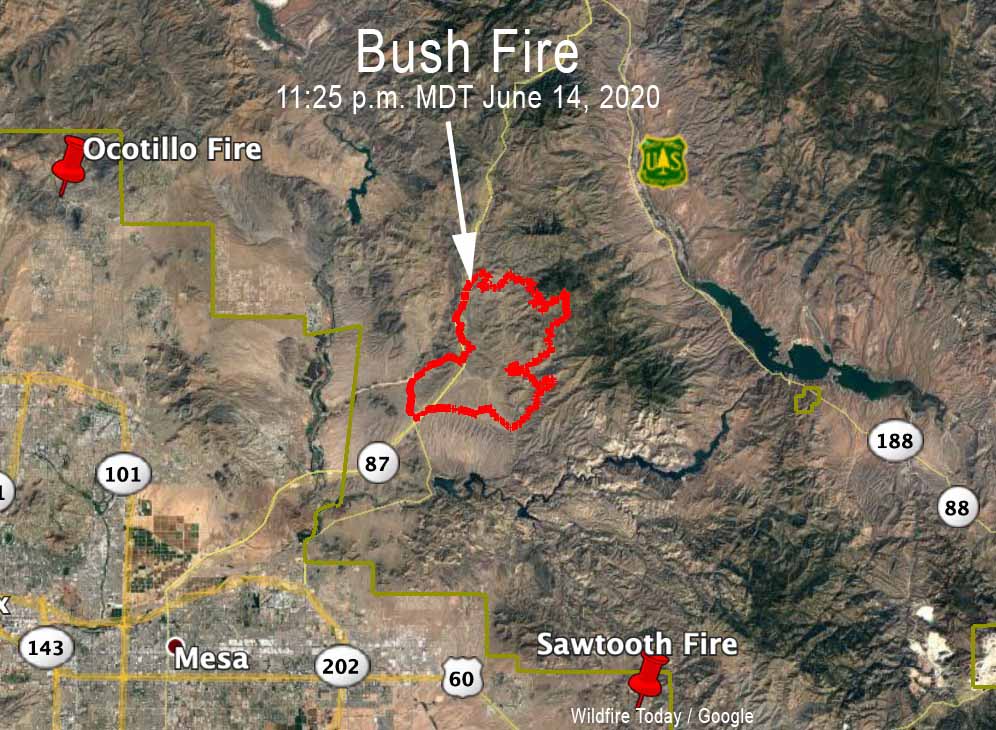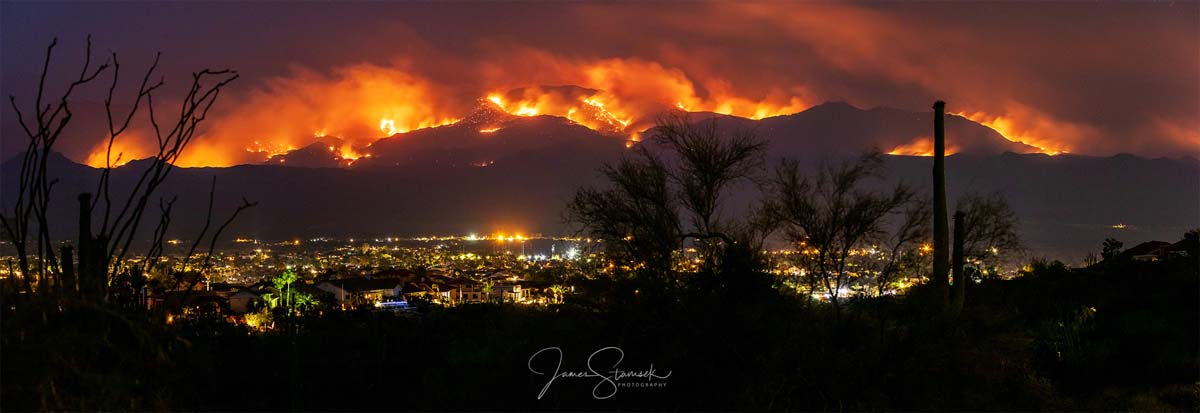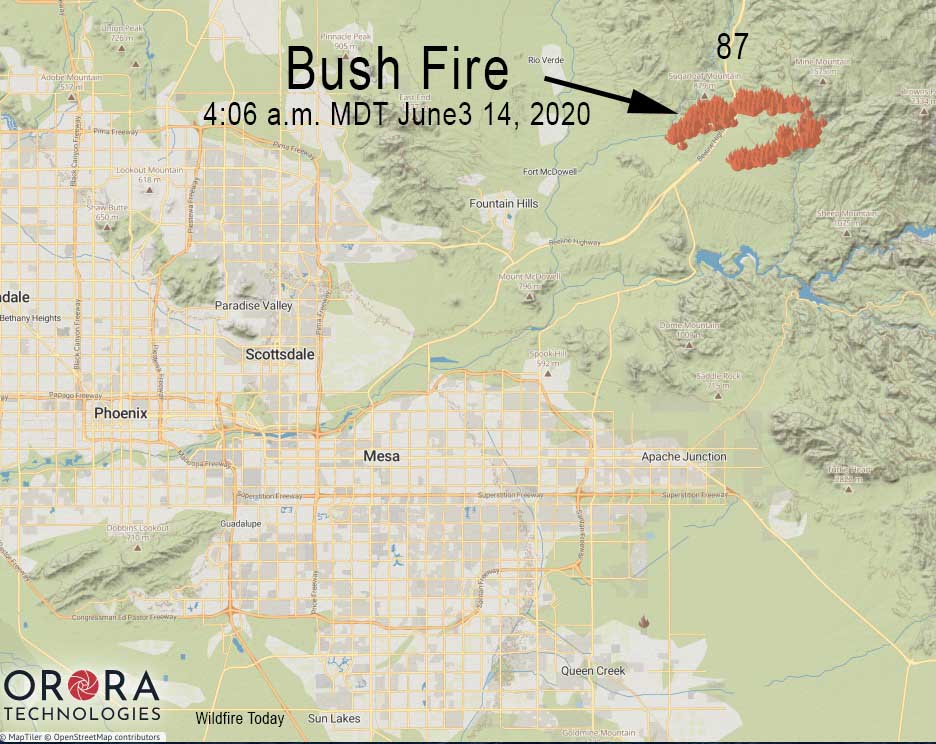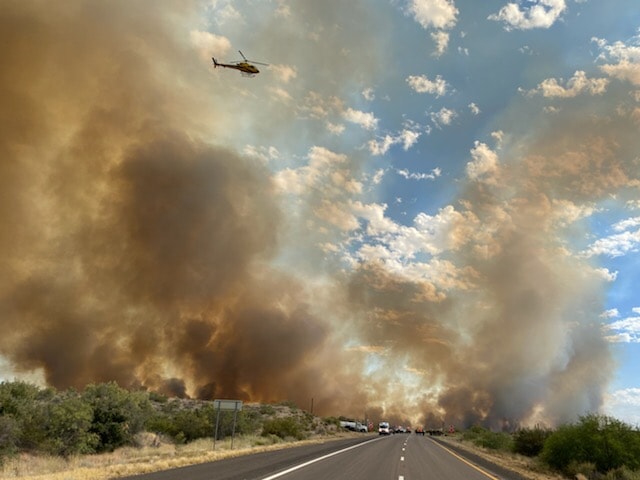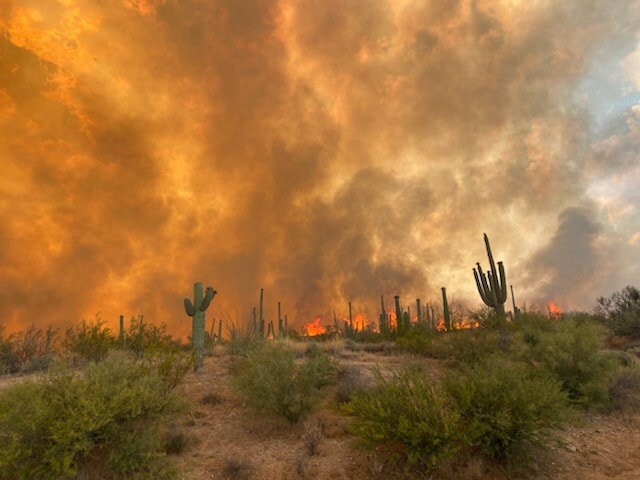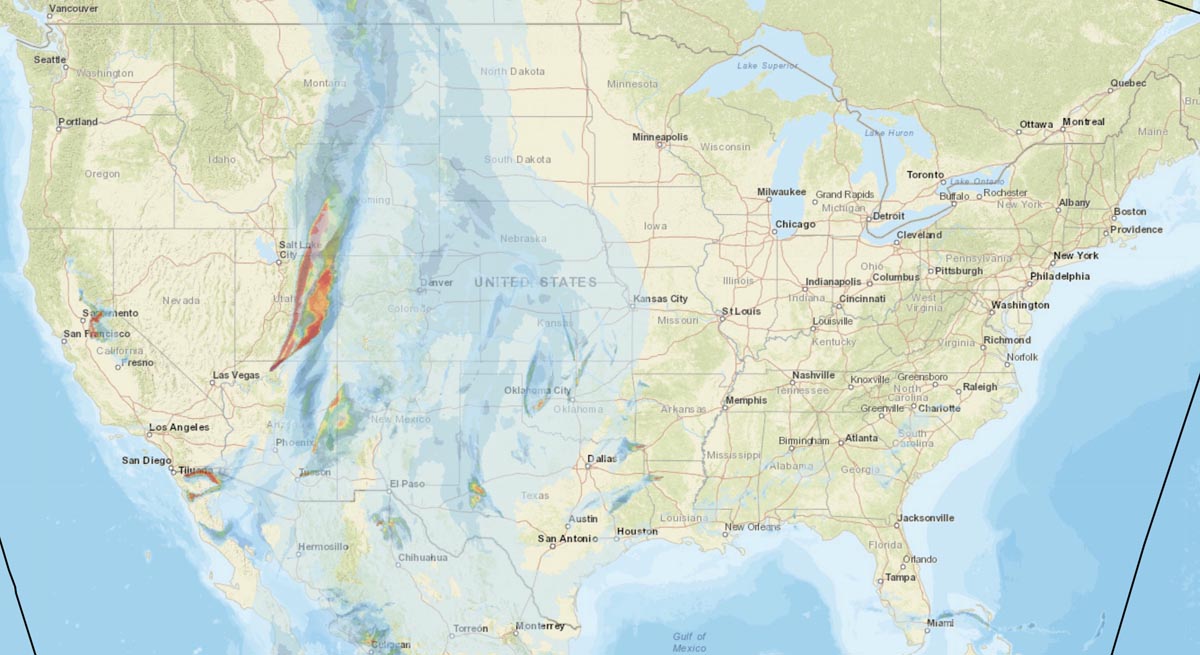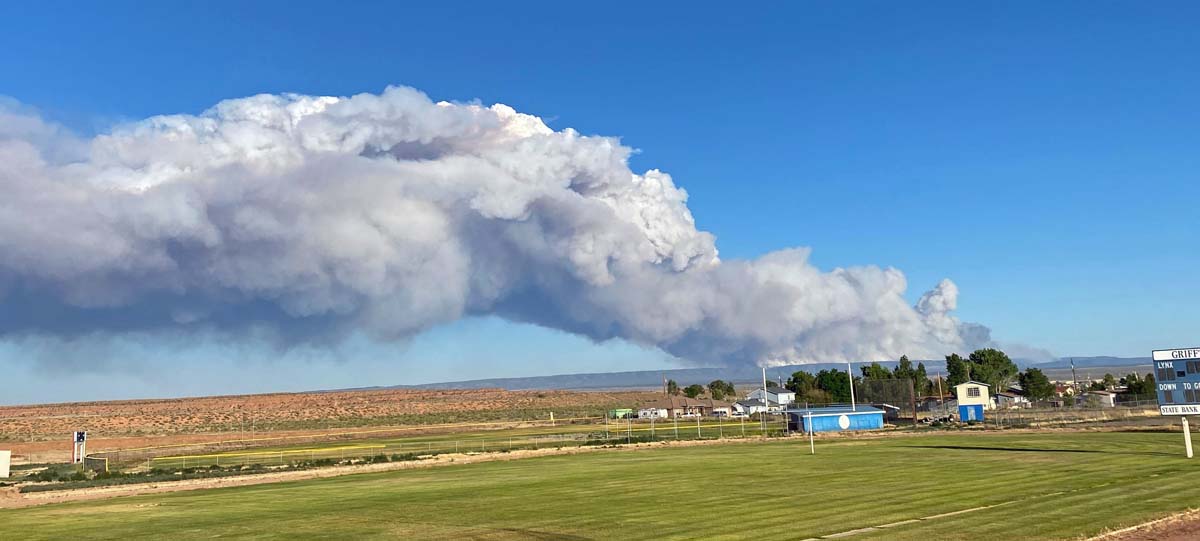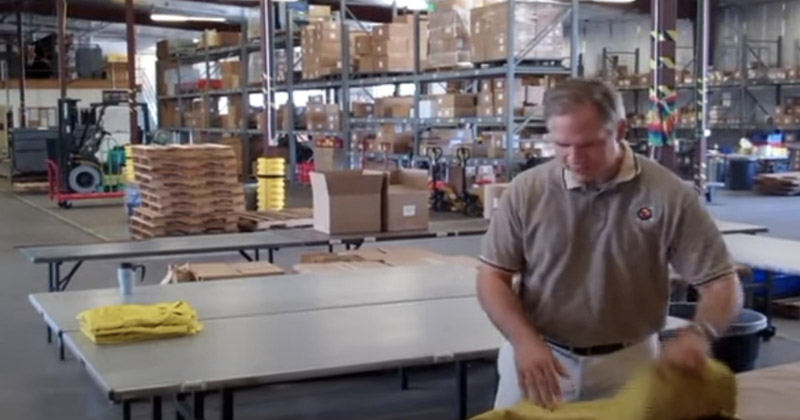
On June 15 Congressman Jimmy Panetta (CA-20) led 18 members of Congress in the California Delegation in calling on House leadership to ensure that any future legislative package focused on infrastructure, economic stimulus, and job creation include robust funds to address deferred maintenance and wildland fire preparedness needs in the U.S. National Forest System.
“For a long time, the U.S. Forest Service has not received sufficient funding to adequately complete its necessary infrastructure projects. That backlog increases the threat to communities across the Forest Service’s Pacific Southwest region, including California, as we move into the 2020 wildfire season,” said Congressman Panetta. “As Congress considers legislation for infrastructure, economic stimulus, and job creation, we must fight for more funding for Forest Service projects that will not only generate jobs, but also give our federal firefighters the necessary tools to prepare for wildfires and keep our communities safe.”
“It is important to note that the current backlog of projects in the USFS Pacific Southwest Region is particularly concerning as the state of California progresses deeper into its 2020 wildfire season, with fire officials predicting higher-than-normal fire potential through the fall. As the Region works to swiftly implement new wildfire suppression tactics to reduce the risk of COVID-19 spread at base camps, it is all the more important that USFS employees have access to working infrastructure,” the members wrote.
The text of the letter sent to Speaker of the House Nancy Pelosi and Minority Leader Kevin McCarthy is below:
June 15, 2020
Dear Speaker Pelosi and Leader McCarthy:
As Congress works to develop and disburse immediate relief to communities impacted by the COVID-19 pandemic, we must also consider the investments needed to bring tens of millions of people back to work to rebuild a stronger, more sustainable economy. To this end, we write to you to ensure that any future legislative package focused on infrastructure, economic stimulus, and job creation include robust funds to address deferred maintenance and wildland fire preparedness needs in the U.S. National Forest System.
Since the onset of the COVID-19 pandemic, communities across our nation have turned to National Forests as spaces to safely spend time outdoors while adhering to Centers for Disease Control (CDC) physical distancing guidelines. Additionally, U.S. Forest Service (USFS) roads and bridges are playing a key role in ensuring rural communities can safely reach grocery stores and hospitals during the pandemic. At the same time, our National Forest System is suffering from $5.2 billion worth of backlogged repairs for roads and road bridges, trails, and facilities, which far exceeds the $446 million included in the fiscal year 2019 USFS budget for infrastructure improvement and maintenance.
In the USFS Pacific Southwest Region, which includes eighteen national forests spanning 20 million acres of land in California, a recent Regional review identified over 90 deferred maintenance projects with critical safety components for administrative facilities, fire facilities, and employee housing, including five priority projects on each National Forest in the state. Completion of these projects would reduce maintenance costs, improve visitor experiences, support employee recruitment and retention, and allow for additional modifications needed to protect employees, particularly in light of COVID-19. Notably, funding these projects would also create hundreds of jobs across the state.
It is important to note that the current backlog of projects in the USFS Pacific Southwest Region is particularly concerning as the state of California progresses deeper into its 2020 wildfire season, with fire officials predicting higher-than-normal fire potential through the fall. As the Region works to swiftly implement new wildfire suppression tactics to reduce the risk of COVID-19 spread at base camps, it is all the more important that USFS employees have access to working infrastructure.
To keep these federal employees and the rural communities they serve safe, we urge you to provide funding for the design and construction of new fire cache facilities and updated airtanker bases throughout the state. By replacing the debilitated and aging Northern and Southern Operations Geographic Area Caches, the USFS Pacific Southwest Region would be able to significantly reduce leasing costs and increase wildfire preparedness. Similarly, by updating the infrastructure at airtanker bases, the USFS would be able to generate jobs, more rapidly deploy large airtankers to the fire line, and enhance initial attack effectiveness to protect communities and firefighters.
In addition to prioritizing the aforementioned physical infrastructure projects, we urge you to include funding for technology updates needed to provide real-time tracking and response of firefighting resources, particularly during rapidly escalating wildfires. With upgraded information technology, firefighting teams will not only be able to virtually access weather and other incidental information but also share information in real time with other firefighting teams. This type of collaboration will significantly enhance the common operating picture for all levels of a firefighting organization.
For decades, the USFS has struggled with insufficient funds to address critical infrastructure needs, and every year, the backlog of projects becomes increasingly overwhelming. As the COVID-19 pandemic puts new and unknown pressures on our National Forest System, we cannot wait any longer to prioritize these projects.
Over the coming weeks, as you work to make critical funding decisions to address the current unemployment crisis, we ask that you strongly consider the high potential for USFS projects in the Pacific Southwest Region to create thousands of sustainable jobs, particularly during a time of heightened need for effective USFS services. As the Pacific Southwest Region has already completed a comprehensive review of projects, we encourage Congressional investments directly to the Region so these projects can move forward in a timely manner.
Sincerely,
Jimmy Panetta
Member of Congress

